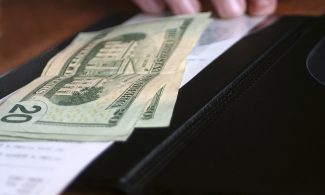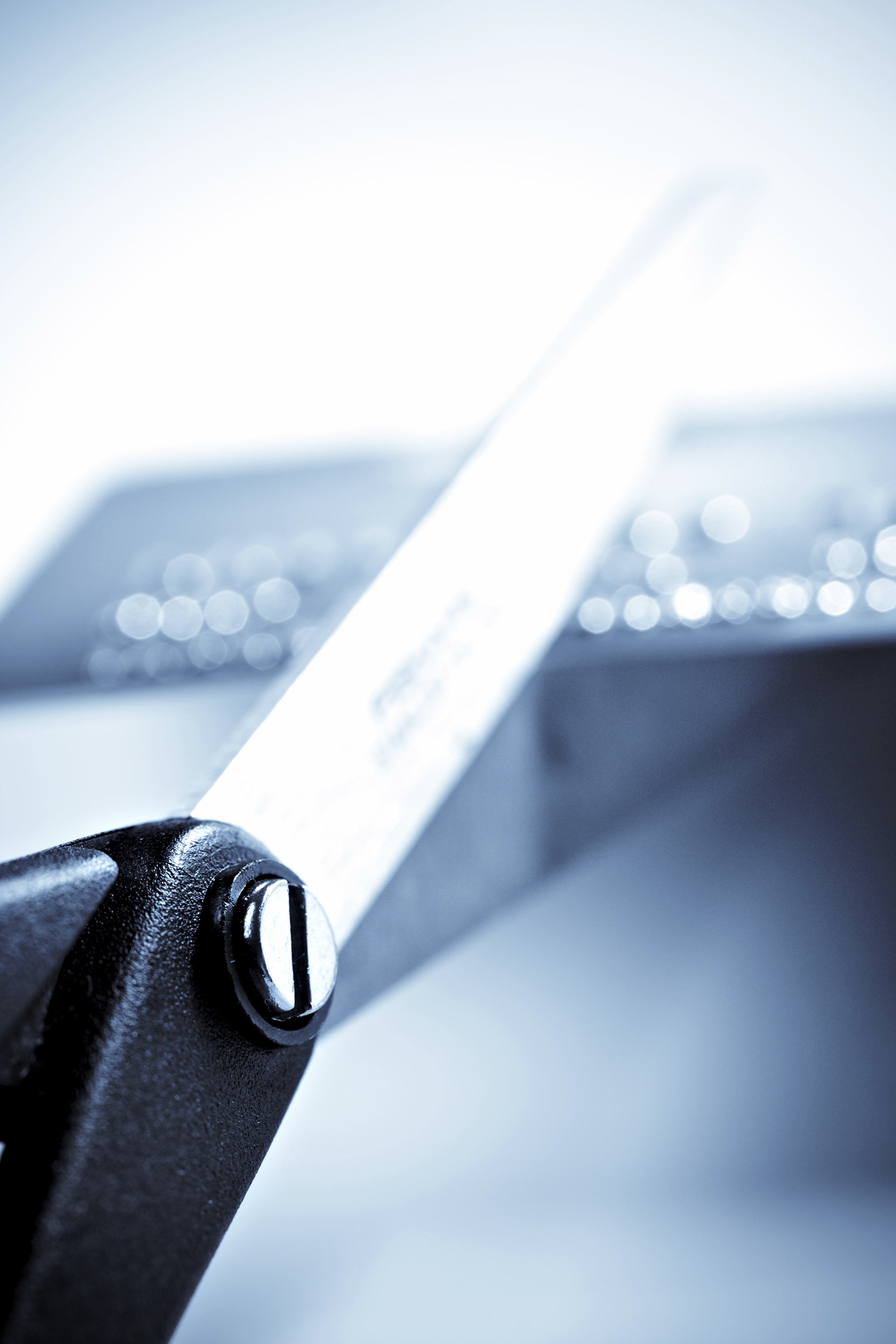Dear Kirk: Is it possible to get out of debt while simultaneously building savings? If so, how? What are some tactics I can use?
Kirk Says: Our reader presents an age-old question. “How do I get out of debt and put away savings at the same time?” This is a balancing act that must be managed if you want to achieve your long term goals. Let’s begin by taking the emotion out of the decision and looking at the basic math.
Let’s say that you have $10,000 today, and you have the choice of a) setting that $10,000 aside in a savings account that pays 1% interest, or b) taking that same $10,000 and paying off $10,000 of credit card debt on a card that charges 10 percent interest. We’ll explore three possible options, then weigh the risks and returns associated with them.
Option 1. I pay off the credit card, and now can put that $83 per month minimum payment toward savings. So 1 year down the road, I am still debt free, and I have built $1000 in savings. The obvious risk associated with this option is the lack of access to liquid cash.
Some of you may say, “Wait a minute, I still have a $10,000 open balance on the credit card if I need some cash.” This is true to an extent. Remember, we don’t have to look too far into the past—when foreclosures and short sales were commonplace—to remember that some credit card companies will not hesitate to cut their maximum credit lines and raise interest rates when times are tough.
Option 2. I keep the $10,000 in the savings account for an emergency fund, earn 1 percent interest and make a $400 monthly payment on my credit card. At this rate, I will have the debt paid off in 29 months at a total cost of $11,600. This means that I will have given away roughly $1,500 to the credit card company in interest.
With this option, I am still carrying a high balance on the credit card. This balance could be affecting my credit score, which in turn could be costing me more every month on things like car insurance. (All of the major players in the insurance business use portions of your credit profile to determine your premiums.) However, with this option, I still have my liquid cash and could pay off debt anytime I desire.
Option 3. I keep between $500 and $2000 in savings for an emergency fund, earn 1 percent interest, pay off all but $500 to $2000 of the credit card debt and make the same $400 monthly payment on the credit card. In this scenario, I will have the debt paid off in 2 – 6 months at a total cost of no more than $2,400. I may have now only given away $400 in interest to the credit card company and still have a nice start on building a larger emergency fund.
Option 3 is a nice compromise between the first two and may adequately address the risks we found associated with those options. It’s still going to cost you something; but as the old saying goes, “Nobody rides for free.”
Kirk Gwaltney is a Chartered Financial Consultant and a Chartered Life Underwriter in Brentwood, Tenn. Learn more about him at kirkgwaltney.com.








